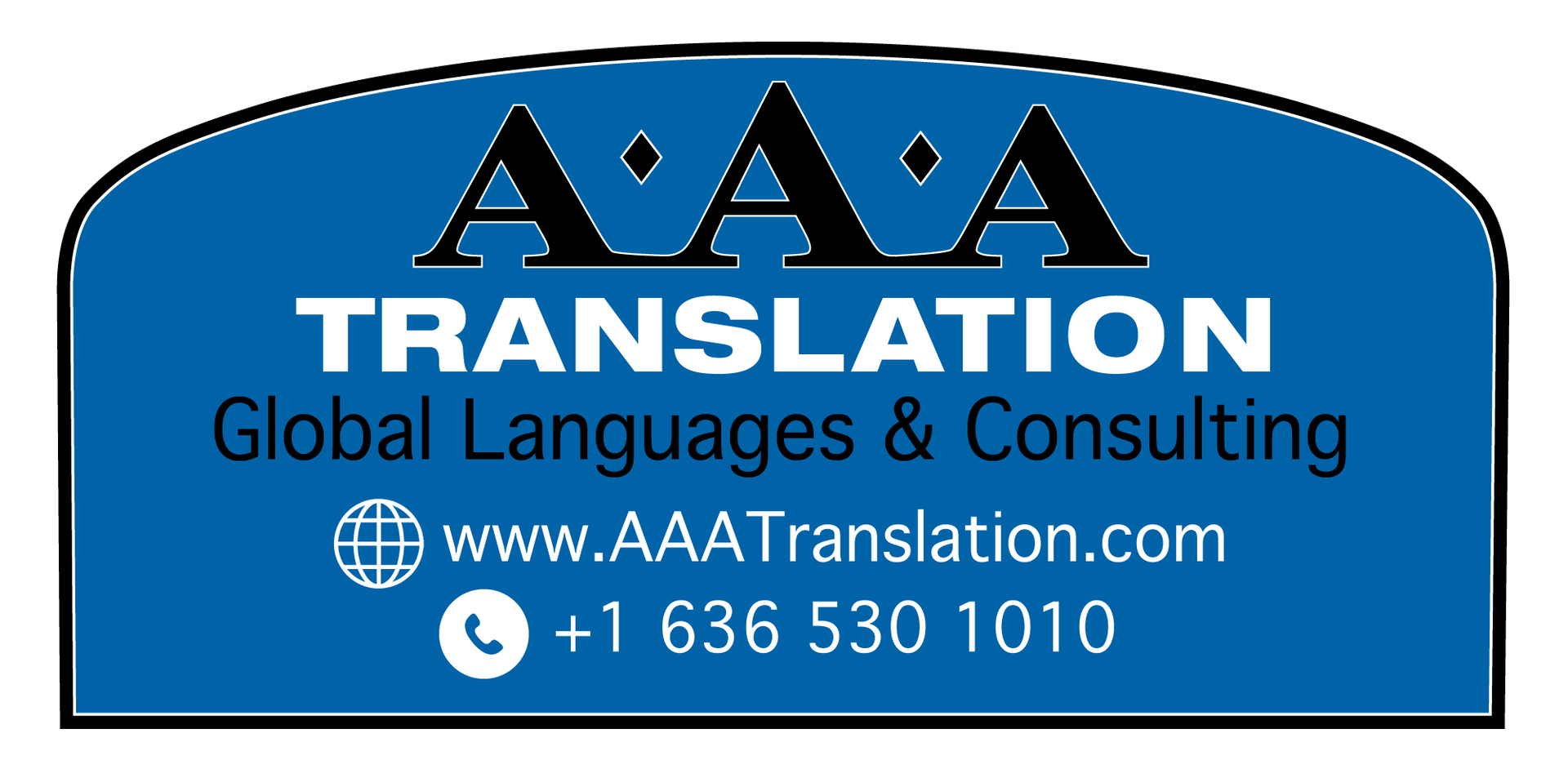Coronavirus Crisis – Getting Lost in Translation
Declared a pandemic by WHO, North American healthcare providers are planning to see an influx of patients in the coming weeks and months with a COVID-19 diagnosis. This respiratory illness in medical settings can be a translation disaster for those seeking medical care in a location where their primary language is not spoken.
The challenges of a global health outbreak within medical settings.
As concerns for those who may have the virus rise, medical professionals are left to diagnose and treat patients despite their language. What should physicians do if these potential coronavirus patients do not speak English?
Translating from one language to another is a tricky business, and when it comes to interpreting between a doctor and patient, the stakes are even higher.
Beyond diagnosis and treatments of a non-English speaking patient, there are problems within the medical settings that will need interpreting and translation assistance. One of the first problems many may stumble upon is the difference between insurance systems, and there needs to be someone who can explain it to them — such knowledge can help prevent cultural differences from affecting a patient’s treatment.
Language services on demand for medical Institutions facing a global outbreak is ever-growing!
Language service providers like AAA Translation provide on-demand access to professional interpreters who are extremely versed in communicating both on location and virtually. We have a team of interpreters who are available 24 hours a day - 7 days a week and in 235 languages.
Given the highly contagious nature of the coronavirus, some healthcare providers are meeting with their patients remotely via video-conferencing platforms like Zoom, GoToMeeting, WebEx, Skype, or some telemedicine platforms. Can physicians involve an interpreter on calls like these? The answer is yes. Again, these interpreters are available 24 hours a day, seven days a week, in more than 235 languages.

